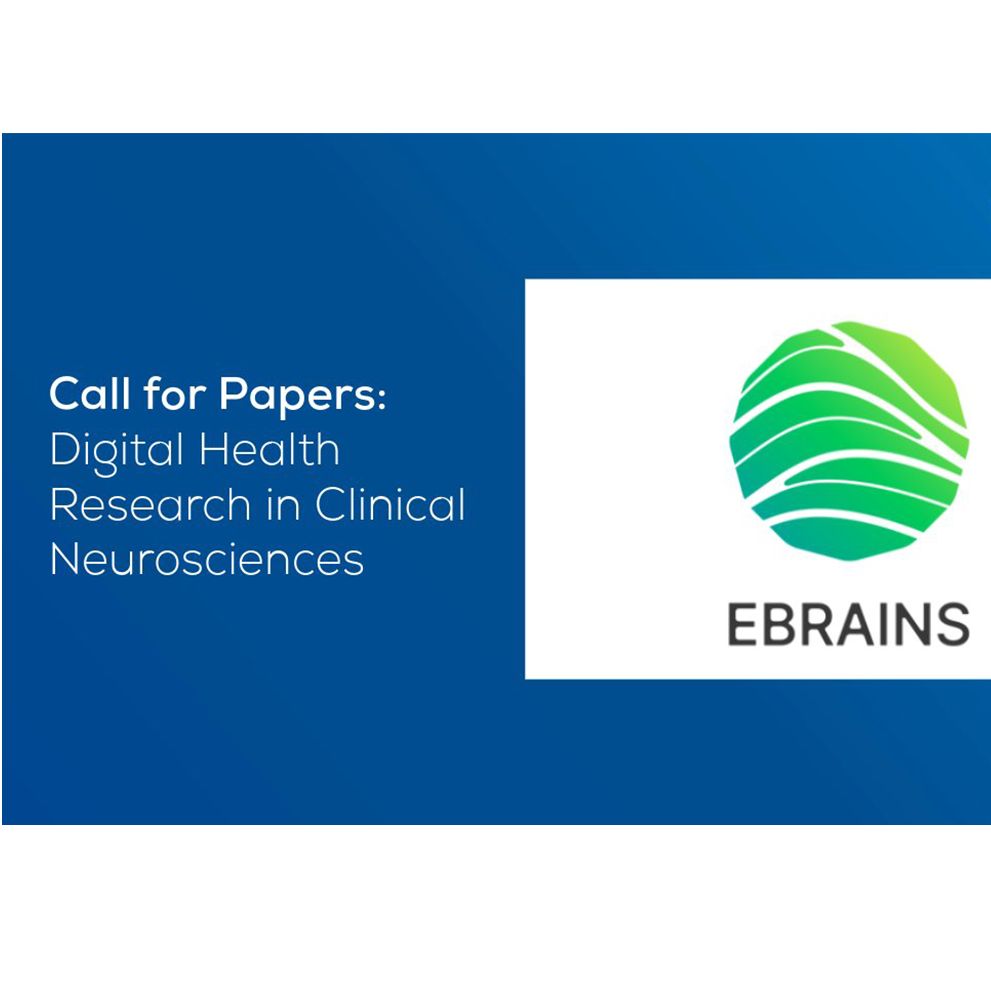
EBRAINS User Stories – Alper Yegenoglu: brain modelling on supercomputers

This time we talk to Alper Yegenoglu. Before pursuing his PhD, Alper was a software engineer at the Institute of Neuroscience and Medicine, Forschungszentrum Jülich, where he contributed to the development of Elephant (Electrophysiology Analysis Toolkit, available on EBRAINS). Following his transition to the Juelich Supercomputing Centre and RWTH Aachen, he dedicated his doctoral research to optimising artificial and spiking neural networks utilising meta-heuristics and meta-learning (L2L - Learning to Learn). His primary interests lie in bio-inspired methodologies and the intersection of neuroscience and artificial intelligence.
How do you use EBRAINS for your research?
I primarily use a diverse combination of tools from the fields of modelling, simulation, and computing. Specifically, I create spiking neural networks using the NEST simulator, optimise network (hyper-)parameters with the L2L framework, and analyse the results using the Elephant toolkit and Neo library. All of this is conducted in parallel on high-performance computers provided by EBRAINS. Additionally, in collaboration with my colleagues from the Simulation Data Lab Neuroscience at the Research Center Juelich, we work with the TVB library. EBRAINS is a valuable platform for collaborative work, and most of the tools are readily available there, making it easier for users to immediately start utilizing those tools.
Were you able to accomplish certain tasks in your research with EBRAINS that would have been challenging or impossible otherwise?
I believe that gaining access to high-performance computing (HPC) resources was a crucial factor in my research. Thanks to EBRAINS, this was quite easy. I requested access for two different projects and received computing resources within a few weeks. Another notable example is the use of the Collaboratory; it significantly facilitated organisation and collaboration, particularly when preparing for workshops and tutorials.
"I believe that gaining access to high-performance computing resources was a crucial factor in my research. Thanks to EBRAINS, this was quite easy."
Postdoctoral Researcher
What kinds of tools or workflows do you think would make a useful addition to EBRAINS?
Personally, I find that Torch-based tools would be particularly interesting to have. Typically, these tools are easy to install on the Collaboratory if they are purely Python-based; however, when the dependencies are extensive, the installation process can become quite complicated.
Do you collaborate with researchers from other countries or institutions thanks to EBRAINS?
Yes, in the context of EBRAINS I collaborate with researchers from Rome, Oslo and Juelich on the importance of brain-state-specific neural mechanisms in integrating past knowledge with current sensory information, highlighting the role of large, deep pyramidal neurons in the neocortex (link). This was a multi-disciplinary effort that combined expertise from various fields, including neuroscience, computer science, and physics. Additionally, the development of the L2L framework was carried out in collaboration with TU Graz.
News & events
All news & events
- News21 Mar 2025


